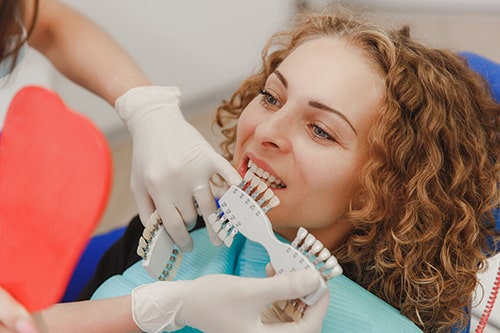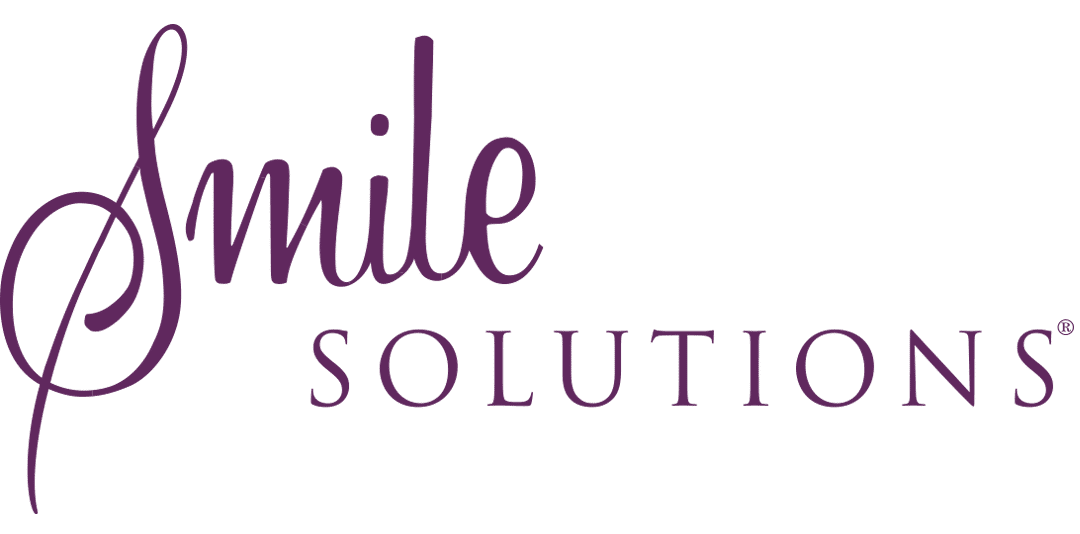There are a lot of reasons why one might seek out teeth whitening. The most obvious of which is the high aesthetic demands society places upon us. While we frequently reject and refute vanity as an intrinsic human characteristic, there is no denying everyone to some extent deeply cares about their physical appearance.
It can boost confidence, improve social perceptions (be that professional or personal) and overall give you a more optimistic outlook. From a more medical standpoint, it can reflect superior oral health and boast a healthier smile.
There are a number of factors involved when it comes to the science behind what actually makes teeth appear white. Any cosmetician will greet you with an extremely perplexed expression if you were to ask what the chemical composition of enamel is.

Trained dental professionals have undergone extensive study into the influences and constituents which lead to a yellow or ‘unaesthetic’ smile. First and foremost, often there is a certain amount of plaque and hardened plaque (tartar or calculus) almost acting as a protective shield over the enamel. We know this buildup is doing little to protect the teeth from decay, however concurrently, it prevents many compounds (such as whitening products) from working effectively on the smile. Whitening products work best on natural enamel. Any prosthetic or manmade work such as tooth-coloured fillings or crowns/caps will not change shade. Building upon our earlier point, plaque and tartar also respond differently to the products (and will change shade, however upon their removal, it will be noted the underlying tooth structure did not change).
Without a full examination and dental hygiene visit, these impediments will not be recognised and addressed thoroughly prior to the whitening application. Additionally, areas of early decay not previously noted, can potentially become larger cavities due to the susceptibility of the tooth structure in these areas. As a result, many patients who opt for over the counter whitening or through a non accredited dental clinic, will be disgruntled with their experience.
A dental practitioner, due to their education regarding oral health, has access to higher percentages of typical whitening products. The two most common products are Hydrogen Peroxide (typically used in Zoom whitening, day applications) and Carbamide Peroxide (overnight applications). There have been comprehensive studies into efficacy vs detrimental effects of different percentages. Dental practitioners utilise the most recent and up to date research to better integrate this into their whitening practices. Currently, PolaDay (9.5% hydrogen peroxide) is not readily available for prescription by someone without previous dental training. This can be one of the biggest reasons patients will not notice significant differences in shade. For example, colgate whitening toothpaste contains 1% hydrogen peroxide (readily available from supermarkets).
On the other hand, higher percentages also carry their own individual risks. 9.5% (or higher) can cause gums to bleach even in short doses. While often not associated with pain, many people will be celebrating when their gums are whiter than their teeth. Over the counter products often have generic trays, soaked in hot water and “moulded” to the teeth. Dentistry is not a one size fits all health profession by any means. As a result, when inserting the trays with the peroxide gel, much of it is displaced away from the tooth and frequently onto the gums. Modern technology allows for in-depth scans and impressions, which are tailor made to the individual. These customised trays are better designed for the person wearing them, and ensures the product is only exposed to the tooth enamel.
TLDR: You wouldn’t buy a drill off google and give yourself a filling would you?
